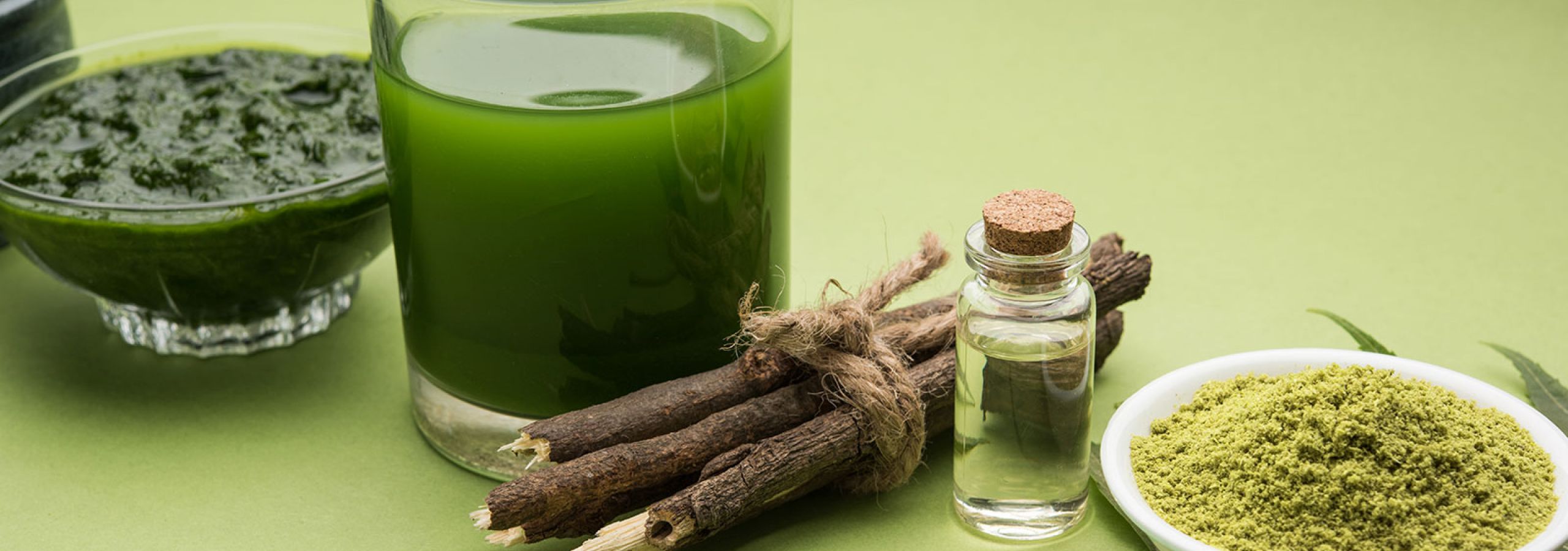
Neem and…
...Ravi Chandra
The neem tree, also known as nim, nimbo or margosa is originally from India and Burma. Its name is derived from the nimba Sanskrit. Although it can reach 40 meters in length, it normally grows up to half that size. In contrast, it’s flowers are very small (5 millimeters), and its olive-like fruit’s size is less than 3 cm.
… the spirituality
The flower is used in many traditional festivals, like Ugandi, the new year celebrated in the southeast and southwest of India between March and April. Also on that date, the lightly bitter leaves of neem are mixed with unrefined brown sugar and consumed in order to remember that life may give us both pleasure and grief.
The neem seed oil is used frequently in lamps on the altars of temples and homes, for it is said that it’s light increases health, as well as wealth.
… the cosmetics
Different cosmetics like soaps, hair products, hand and body lotions are produced from neem oil. Due to its antibacterial, fungicidal and moisturizing properties, 80% of neem oil production is destined to the manufacture of soap, in which it successfully substitutes coconut oil, African palm oil and peanut oil. Raw neem oil is used to produce laundry detergent.
Two of its components, the fatty myristic and lauric acids, allow better foaming and detergency (cleaning power).
… the food
The tender buds and leaves are consumed as vegetables. A soup is made with neem’s flowers in Tamil Nadu (southern India), and in Bengal, the neem’s green leaves are fried along with eggplant and served with rice as an appetizer.
… the medicine
It has been used in Ayurveda for more than two thousand years due to its antibacterial, fungicidal, anthelmintic (anti parasite), antipyretic (brings fever down), antidiabetic, contraceptive and sedative qualities. Nevertheless, it’s specially prescribed for treating skin problems.
Almost the whole tree (fruit, seeds, bark, leaves) is utilized for different medical treatments.
Its fruit is used as a mild laxative.
In case of delayed and painful deliveries, the seeds are consumed as they stimulate the womb’s contractions. Nevertheless, apart from this use, its use is not recommended for pregnant or lactating women.
The seed oil is used for treating boils and other skin ailments. It also stimulates healthy hair, betters the liver’s performance, detoxes the blood and balances sugar levels.
Boiled in water, the bark creates a stimulant tonic which augments cognitive and motor activity, and it’s … as well.
The juice of the bark mixed with honey fights off hepatic diseases. The decoction of bark and leaves reduces fever. It also diminishes the pitta humor, therefore its consumption is recommended in early summer.
The leaves and seed oil are anthelmintic, antiseptic and antiparasitic.
Drinking the leaves’ decoction protects you against skin problems and strengthens the liver. It softens the skin and erases acne. The leaves are used in the treatment of psoriasis and eczemas.
Neem is an excellent detoxifier which combats bacterial dysentery and some cases of hemorrhoids, fever, arthritis, candid and diabetes. It alleviates rheumatic pains when taken alongside ashwagandha sesame seed oil and milk.
In rural parts of India, the thin, small branches are used as toothbrushes and tongue cleaners. Modern studies have shown its effectiveness against plaque and gingivitis.
Its main active compound is nimbin, which grants anti-inflammatory, antipyretic, fungicidal, antihistaminic and antiseptic properties.
… agriculture and ecology
alternative for synthetic pesticides. For this reason, it’s been common practice to store dry neem leaves in closets since ancient times. Presently, insect repellant creams and lotions are manufactured from neem.
It’s also considered a better than any other organic fertilizer because of its insecticide qualities. Its pulp is used to generate methane gas.
Finally, India’s government cultivates it to reduce desertification.



